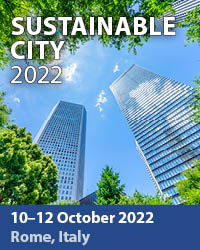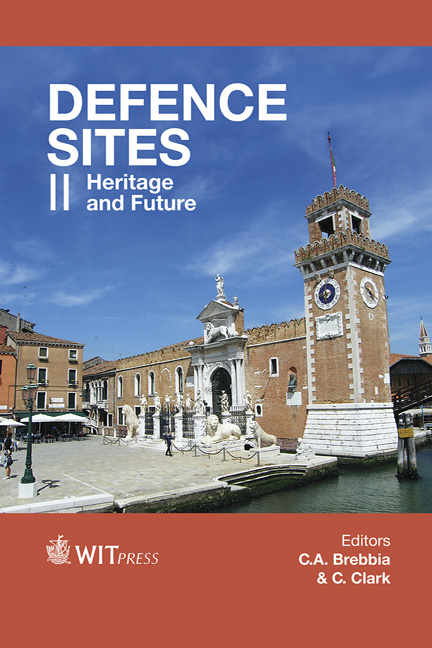Participation In And Access To The Defence Heritage: Some Swedish Examples
Price
Free (open access)
Transaction
Volume
143
Pages
7
Page Range
321 - 327
Published
2014
Size
5200 kb
Paper DOI
10.2495/DSHF140271
Copyright
WIT Press
Author(s)
A. Bodin
Abstract
Increased public participation is absolutely vital in the field of fortifications and defence heritage. The defence heritage must be managed in interaction with its connections and contexts much more than today. The defence heritage is an important part of architectural history, history and politics, technology development and, not least, everyday life and mentality. To put it simply: the defence heritage is a part of the country’s general culture and must therefore be managed as an integral part of that general culture. This paper will try to show how Sweden is working to achieve this goal. It will also give a brief survey of the special Swedish background, such as a tradition of centralized and coordinated governmental bodies. In Sweden, defence monuments from medieval times to the Cold War era are managed by the same governmental body that manages the general state-owned architectural heritage – National Property Board Sweden. The paper will list concrete activities that have promoted participation and accessibility in the realm of defence heritage. The Secret Places project will be analysed more deeply. The survey will conclude with a future dream project: a cooperation across the Baltic Sea that links a former Soviet nuclear missile silo in Lithuania with a Swedish underground gun battery.
Keywords
defence heritage, participation, Sweden, architectural history, cold war, cultural management, museums, guides, mutual information





